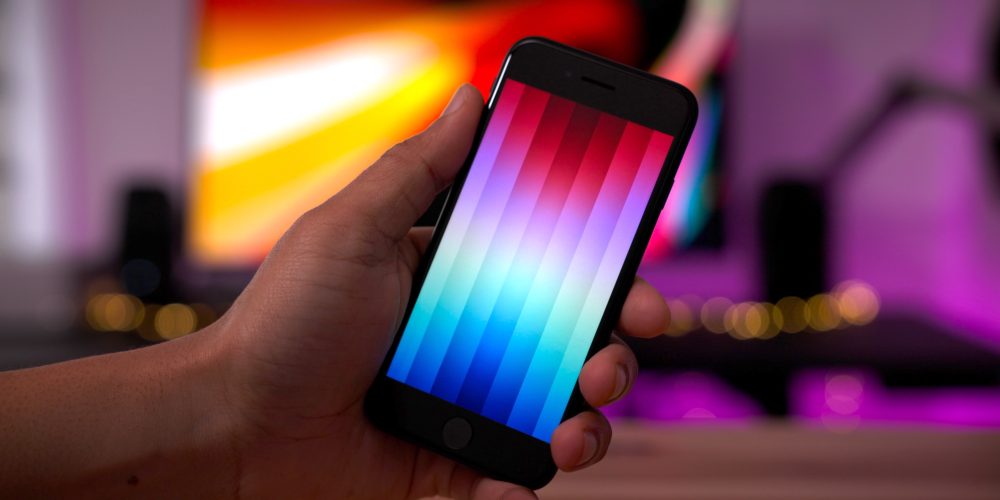
After 9to5Mac reported earlier this week that Apple is cutting production for the iPhone SE 3 by at least 20%, a new story by Nikkei Asia shows that demand for smartphones and PCs overall is starting to slow, especially in China – although in the US, Bank of America analysts believe demand for the iPhone is still strong.
According to TSMC chairman Mark Liu, the slowdown is emerging in areas “such as smartphones, PCs, and TV, especially in China, the biggest consumer market.
The problem here is the rising costs for semiconductors and the Russian war in Ukraine.
“Such pressure could eventually be passed on to consumers. (…) Everyone in the industry is worried about rising costs across the overall supply chain… The semiconductor industry already and directly experienced that cost increase.”
That said, TSMC still believes it won’t change its growth target and capital expenditure this year.
It’s important to note that analysts initially expected iPhone SE demand to be strong, with sales hitting 30m units this year, some 5M higher than the 2020 model in its first year.

While Apple chipmaker is cautious about the semiconductor shortage, especially for the local customer in China, Bank of America analysts (via CNBC) said demand for the iPhone is still strong due to lower trade-in prices.
“While these articles might lead some investors to think there is risk to demand, we believe demand for iPhones remains strong based on our analysis of iPhone trade-in prices,” the Bank of America analysts said in a note. “This compares to the year 2019 when Apple was offering high trade-in prices vs 3rd parties to drive upgrades,” the analysts said. “Separately, China has imposed another round of lockdowns in Shanghai; however, as we previously pointed out companies have learned to manufacture through COVID and Apple/Foxconn have the ability to relocate production to other areas and, as of now, we do not expect a material impact from these shutdowns.”
That said, while the iPhone SE 3 might not have the same impact as expected, it’s possible to conclude that other premium iPhones from past years could still drive demand for users – at least in the US.
Author: José Adorno
Source: 9TO5Google



